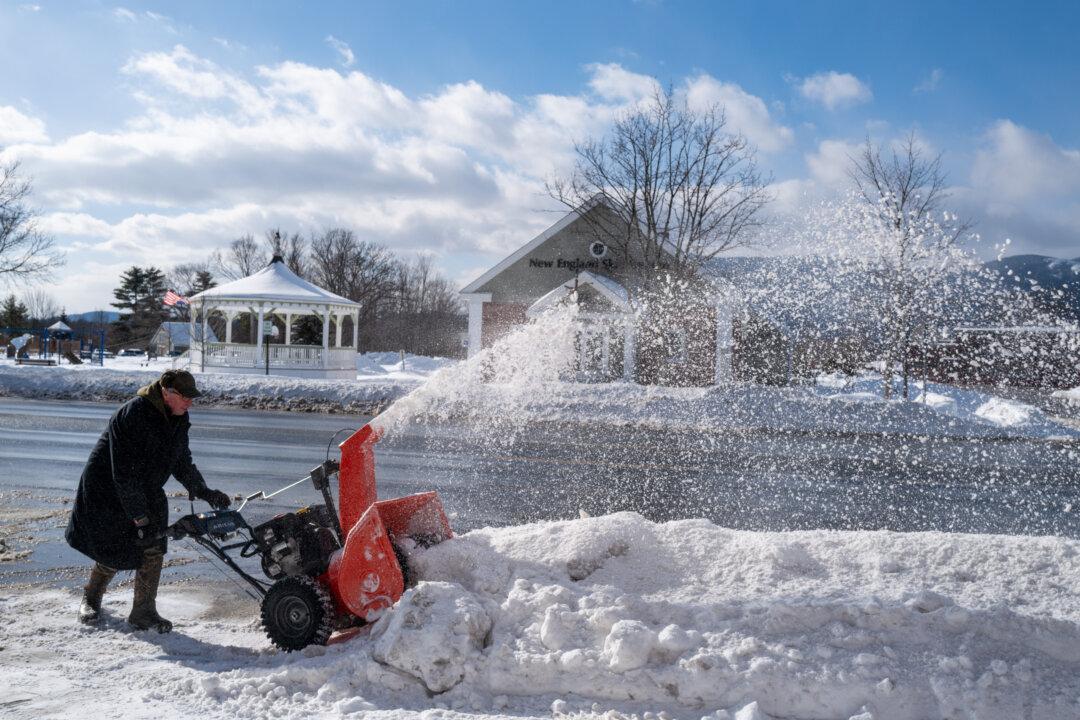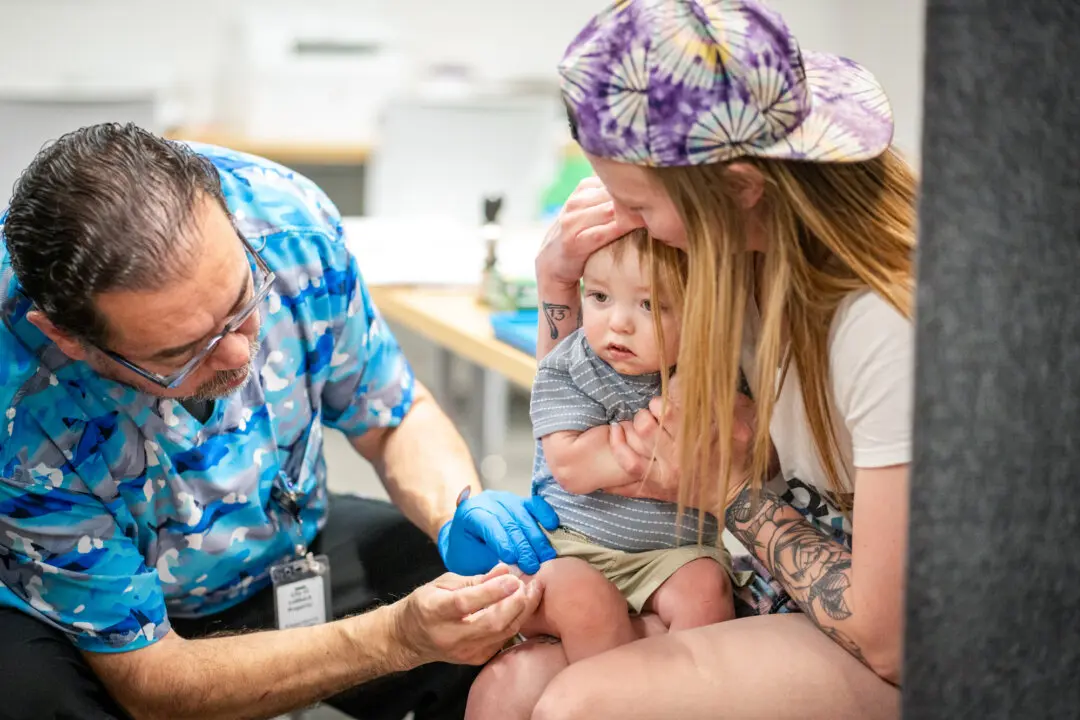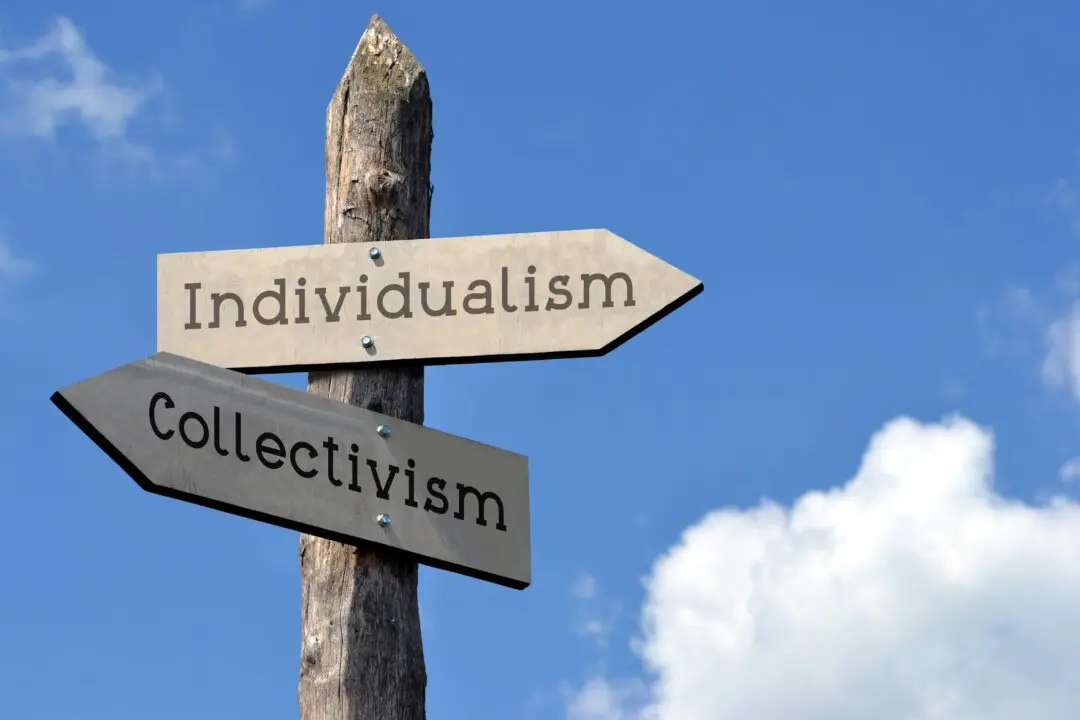Commentary
Many of the bizarre features of the pandemic response can be explained by industrial self-interest, graft, power lust, confusion, and so on. One feature doesn’t have such an obvious explanation: the closure of public schools, for as long as two years in some places.





